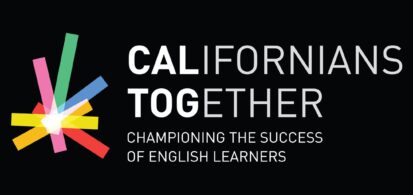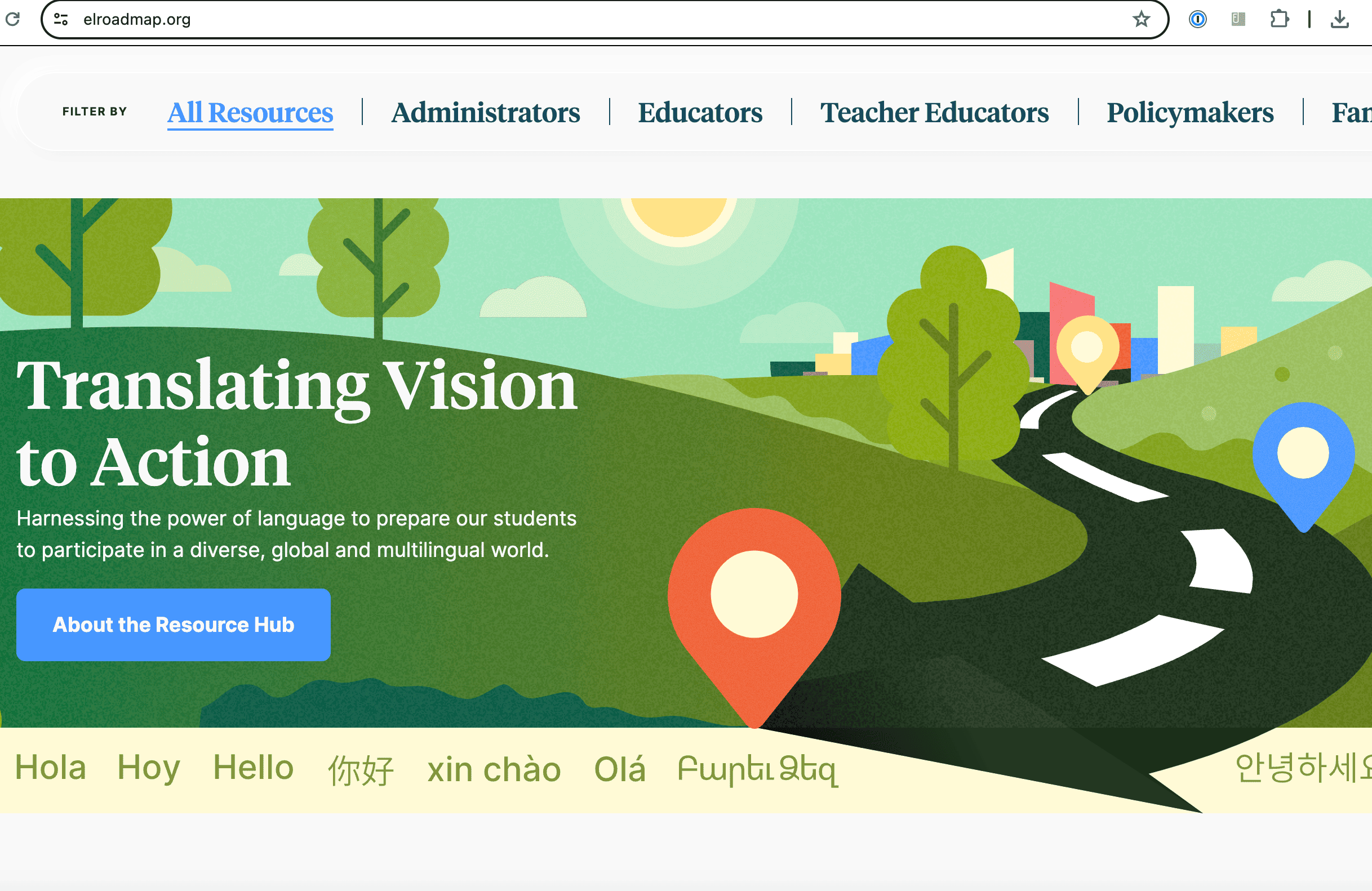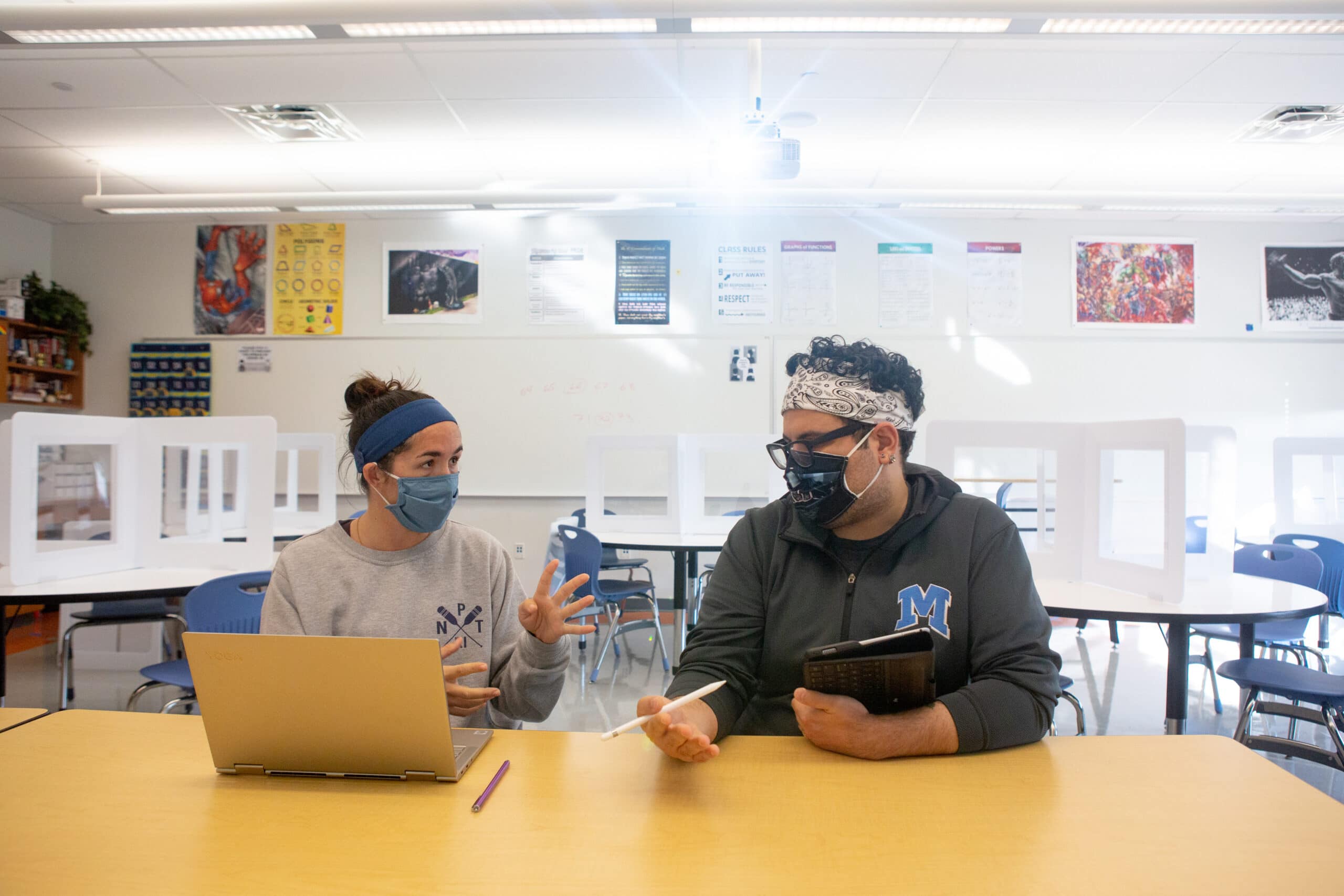New Resource Hub Gathers Tools to Bring California’s English Learner Roadmap to Life
As California leads the way to protect our families and uphold our values in response to COVID-19, it is more important than ever for us to come together and share […]






